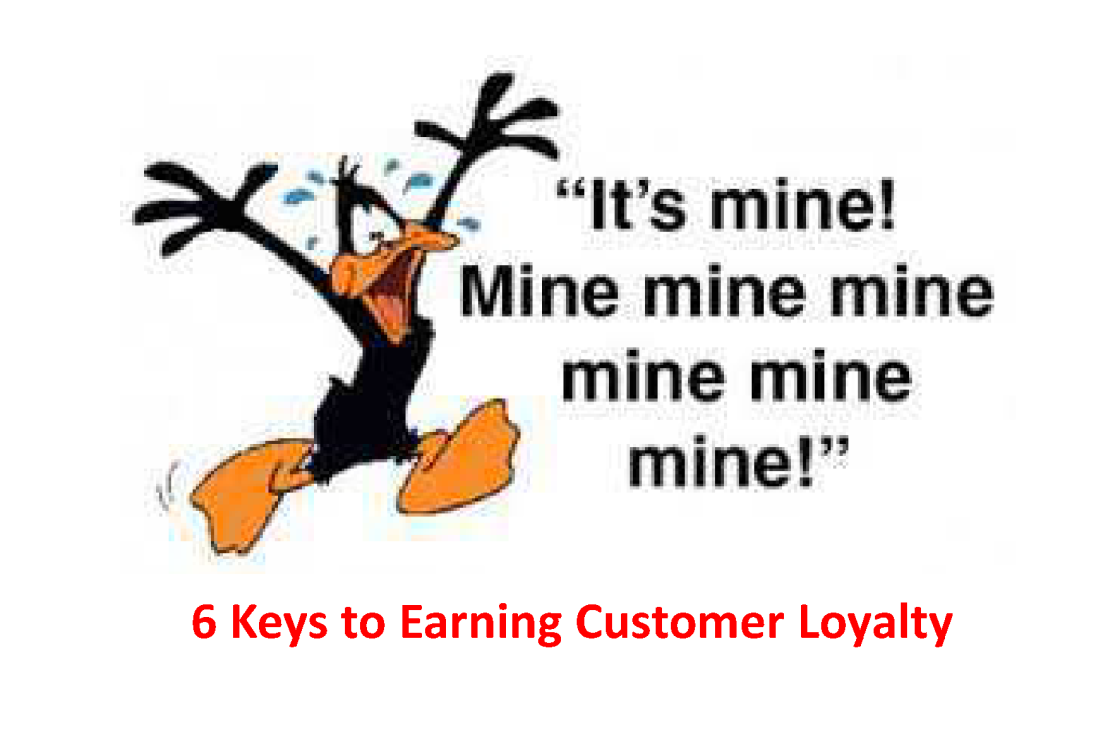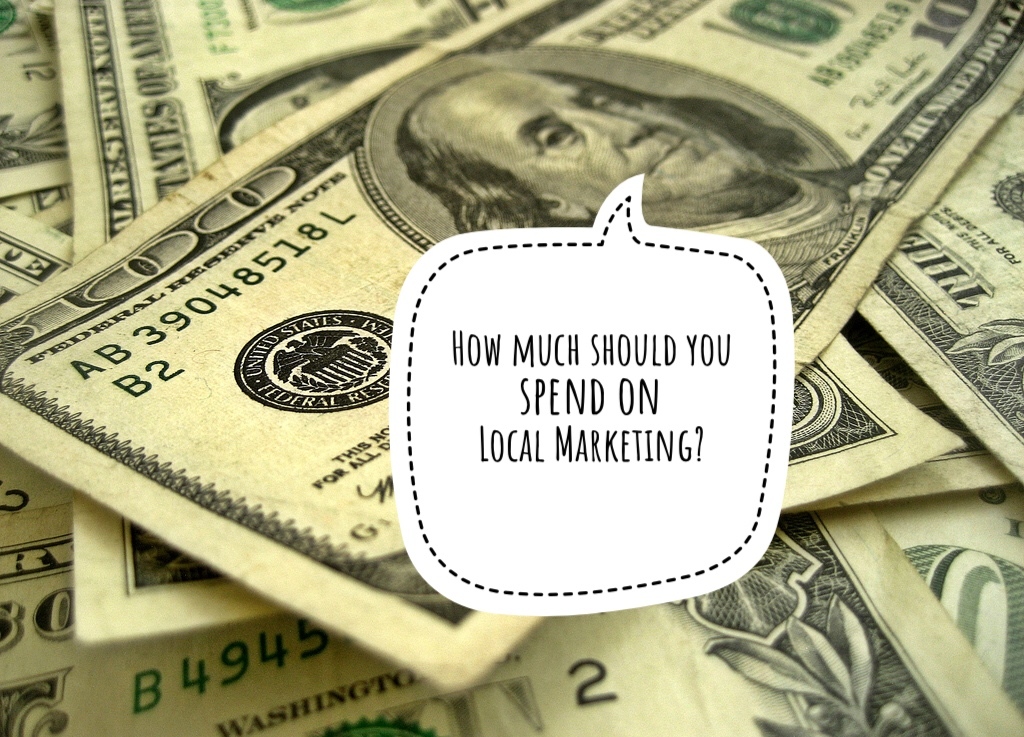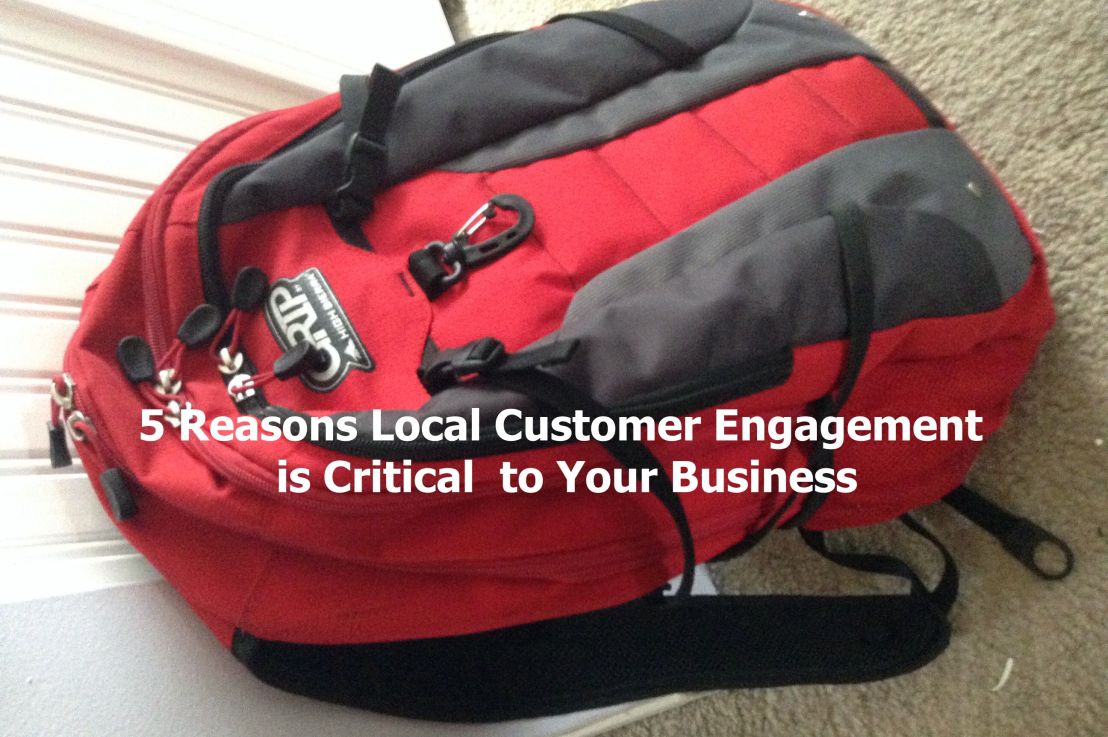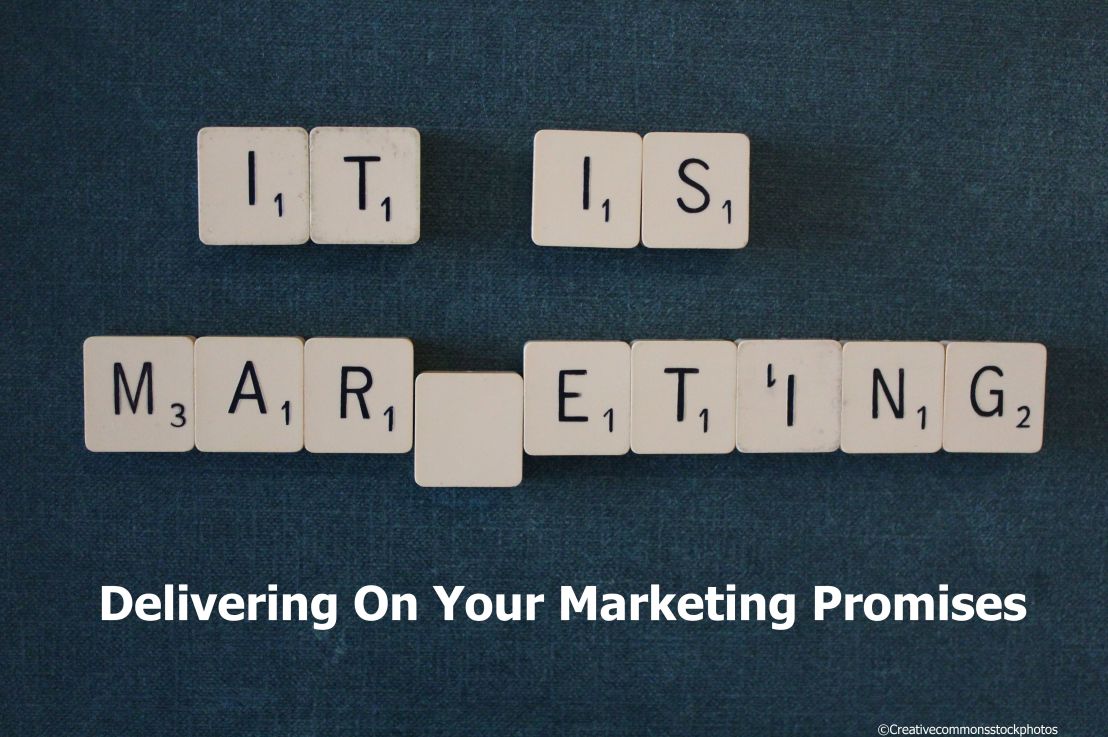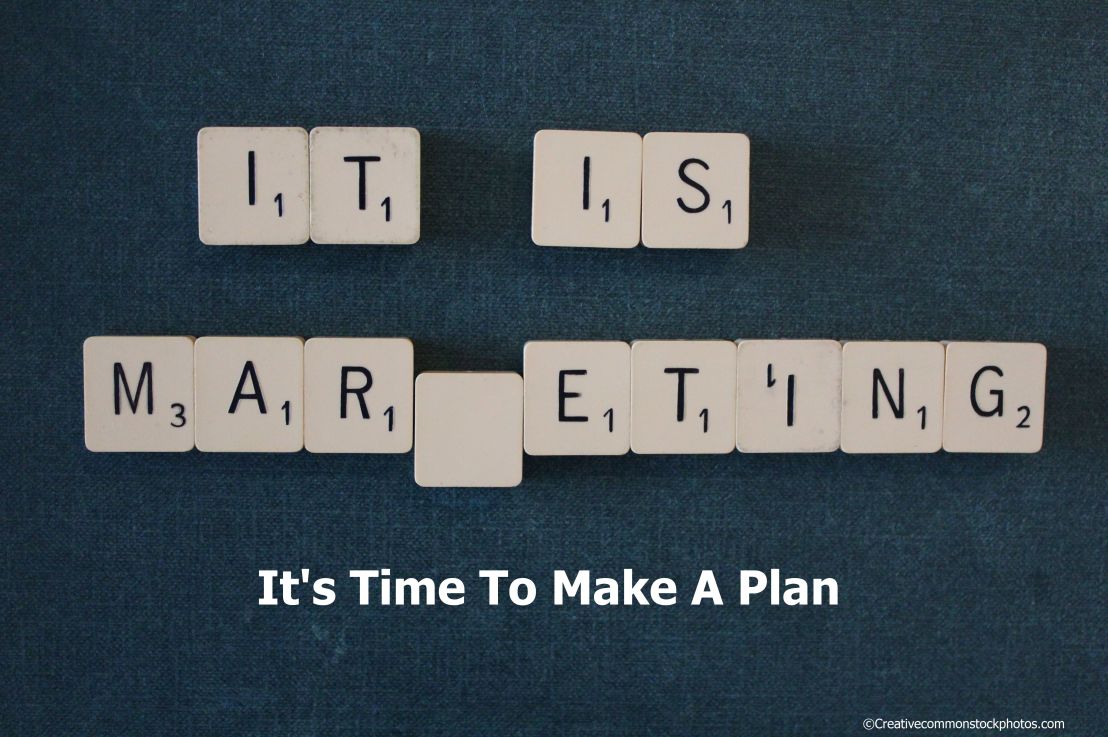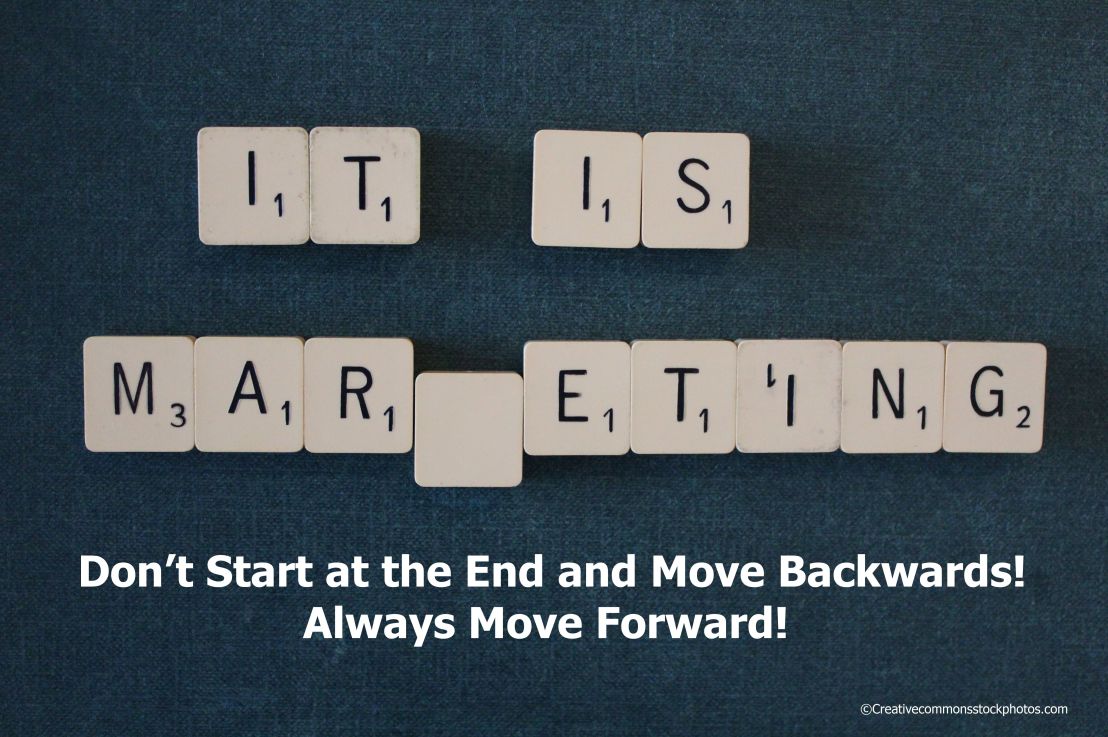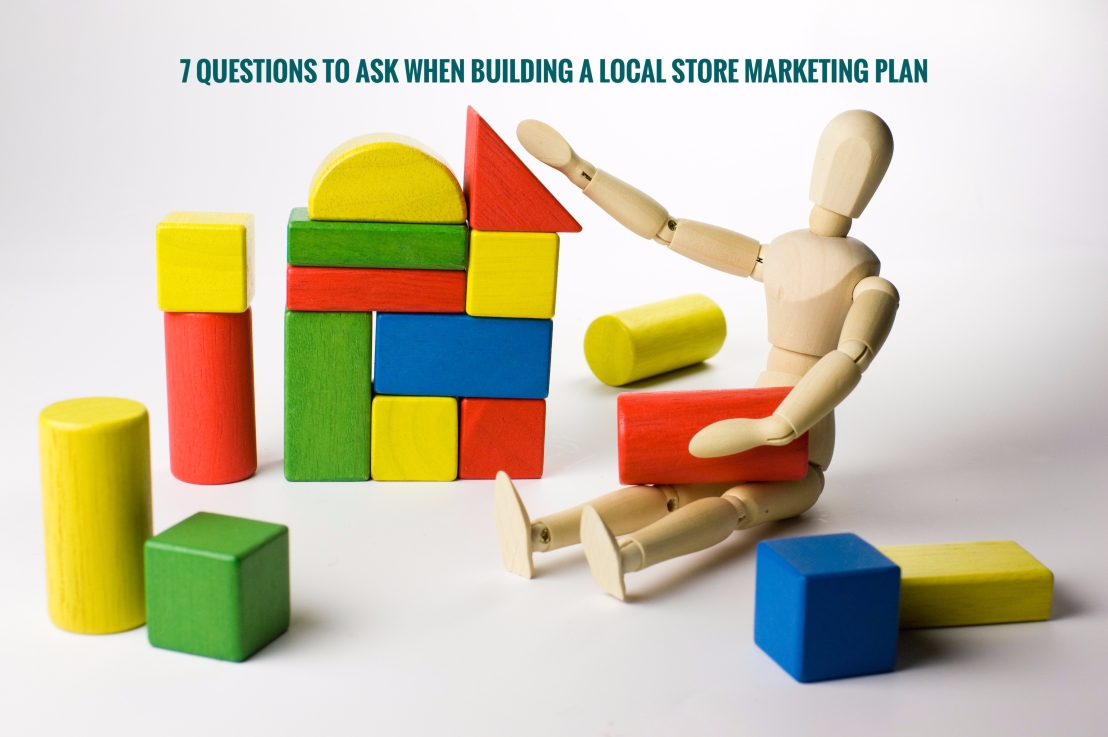Kids visited quick serve and fast casual restaurants around 12.1 billion times from July 2018 through July 2019* and LSM has the power to drive these kids to your individual location
There is no doubt that kids have the power to make a huge impact on your business. In today’s world, Local Store Marketing (LSM) is now a data-driven science, and if you put this science to work for your locations, you’ll win the battle with kids and ultimately their parents.
To maximize this impact for your restaurant, you need to understand what is going on in your trading area with kids and their families. Not just the demographics and traffic generators in your marketplace, but the events and activities that kids and their families are participating in. And while there are literally thousands of data points relating to kids around each individual location, the new frontier of LSM allows you to harness this data and better understand the tactics you can use to keep both kids and parents happy.
You’ll want to focus on engaging kids and parents in ways that are relevant, modern and entertaining. This is what will help you win the war in this very competitive landscape and grab your share of these visits that help you build lifelong customers, loyal to you because of the great memories you’ve provided them and their families.
The information found around your trading area can be leveraged to lead you to the most appropriate, successful LSM tactics. More than 75 percent of parents say they would change their decision on a dining location depending on how much their child likes a brand*. Parents with younger children search for restaurants with a kid-friendly vibe and if you deliver activities and events that allow families to feel connected to you and their community, you have the opportunity to gain a distinct competitive advantage.
Let’s look at an example from my local neighborhood. There is a local quick serve restaurant that clearly was built with families in mind, as it has a large play area attached to its dining room. A closer look at this particular trading area reveals that there are several competitors in the area that also provide play equipment for kids. This local restaurant has used the latest data-driven technology to analyze what’s happening around the location, what might be missing and what opportunities suit this location best. A key tactic recommended for their location was a bi-monthly Family Fun Night, which encourages habitual, repeat visits that families count on twice a month to keep their kids happy and occupied. The activities they implement on these nights vary…. from karaoke, to i-pad family trivia, to holiday crafts. The results have been an increase in transactions of over 20% on the nights these activities occur. They are working hard to capture their share of the 12.1 billion visits.
Selecting the best tactics that capitalize on the opportunities in your trading area and that drive connections with families will make sure your location is a family’s first choice. There are a multitude of family focused LSM ideas and selecting the ones that will be most successful for your location will help you win over the kids and if you win over the kids, you will win their parents.
The availability and use of LSM deep data analysis is now essential for anyone looking to drive family visits. As LSM continues to evolve as a data-science, all restaurants will need to look at how they can maximize the latest in technology to increase sales and transactions. LSM continues to be a key differentiating factor and it is critical to long-term success at each individual location. Make certain that you are leveraging this important sales building weapon and that you own your local marketplace with your share of the 12.1 billion family visits.
*NPD Group Data






